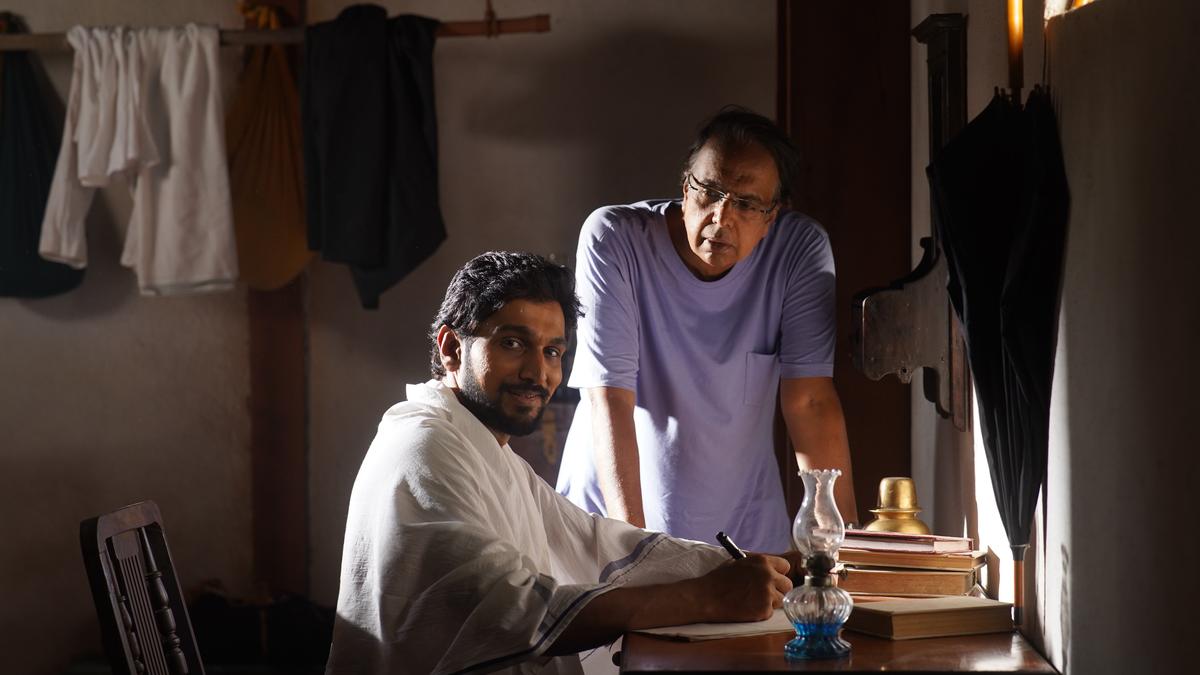Hindi cinema, dominated by profit-driven masala films, often glorifies social elites while sidelining Dalit-Bahujan identities and their concerns. Mainstream Bollywood, criticised for promoting patriarchal and casteist stereotypes, rarely embraces cinema as a tool to challenge social injustices. Additionally, it tends to uphold the cultural and political agendas of traditional social elites while avoiding engaging with Dalit-Bahujan narratives and their social experiences. Popular cinema hesitates to embrace cinema as a platform for artistic and creative exploration that would unearth orthodox social practices and sensitise the audience about it.
In recent years, mainstream Hindi cinema has seen rare but significant attempts to challenge Bollywood’s stereotypical narratives through films like Article 15, which exposes caste atrocities through a police officer’s awakening, and Dhadak, which subtly weaves caste into a tragic romance, signal a shift toward socially aware storytelling. Other films like Shamshera and Veda, which address issues of caste oppression and present robust Dalit protagonists to fight such social ills, are crucial additions.
This emerging genre has carved out a peripheral yet vital space for films that expose societal injustices and advocate for reform, offering a vision of a more equitable society. Such efforts should be celebrated and supported, but the industry’s conventional ruling elites have largely distanced themselves from this shift.
Instead, these films are often criticised as threats to the dominance of social elites, accused of disrupting social harmony by foregrounding Dalit-Bahujan symbols and narratives.
The recent controversy surrounding Phule, marked by the Central Board of Film Certification (CBFC) censorship of caste-related content, exemplifies a deliberate effort to suppress stories that dare to challenge the social and political dominance of the governing elite, highlighting the ongoing resistance to transformative cinema.
The arrival of Dalit-Bahujan cinema
This new site of cinema making is an innovative improvisation as it brings stories of vulnerable social groups and provides them a dignified mantle. This genre has introduced the iconic figures of Babasaheb Ambedkar and Mahatma Jyotiba Phule to the silver screen as their ideas and values too are influencing the narrative practices of Cinema and are getting much more resonance on the silver screen today.
The regional cinema (especially Tamil and Marathi) has offered impressive artistic cinema (like Sairat, Jayanti, Kabali, Asuran etc.,) that not only entertains the audience with its creative narratives but also educates them about the issues of social dignity and the need to fight against oppressive Brahmanical orthodoxy.
These new narratives depict Dalit-Bahujan characters not as passive victims or background figures, but as empowered protagonists with agency, dignity, and purpose. They challenge the conventional grammar of Indian cinema and open up space for a more democratised cultural discourse.
In doing so, this parallel stream is not just reshaping representation but redefining what mainstream Indian cinema can aspire to be. This is a nascent but promising genre, capable of democratising the Indian film industry.
The Brahmanical opposition
Jyotiba Phule and Babasaheb Ambedkar were the fierce critics of Hindu caste system and the exploitative domination of priestly castes over the majority oppressed groups. They imagined modern India as a liberated territory not only from the aegis of the imperialist domination but also from our own Brahmanical and patriarchal servitude.
However, in the nationalist historiography and popular culture, these iconic figures were often relegated as the heroes of certain caste groups while the other leaders were elevated as the prime representatives of the national interest. The popular Hindi cinema too ignored the heroes, historic events and issues pertaining to the Dalit-Bahujan masses and mostly endorsed narratives that promote the social and political interests of the conventional social elites.
In the case of recent controversy around Phule, the CBFC has created technical hurdles for its release. The film, initially set for release on April 11, was delayed to April 25, due to objections from Brahmin community in Maharashtra and subsequent CBFC directives to remove or alter caste-related content. The board directed the filmmakers to remove caste-specific terms like “Mahar”, “Mang”, “Peshwai”, and “Manu’s system of caste”, as well as visuals like a man with a broom tied to his waist (a historical reference to Dalit oppression).
Phule appears to be advocating anti-caste politics, showcasing the Dalit-Bahujan characters as lead protagonists and offering a strong critique of Brahmanical social order. It appears that the state is ready to stop even the nascent process that could have democratised the cinema industries substantively in favour of the Dalit-Bahujan masses. Such removals by the CBFC would dilute the historical realities of Phule’s fight against caste discrimination. These edits are mostly to sanitise history to appease Brahmin groups while undermining the film’s objective to confront the caste injustice.
On the other hand, cinema that propagate communal anxieties (Kerala Story), manipulates historic facts (Kashmir Files) and target the Muslim minorities as brutal foreign aggressors (Chaava) and anti-nationals is endorsed and promoted by the current regime at the centre. It shall be pointed out that films like Punjab 95, Tees, and Dhadak 2, which address social issues, also faced similar censorship, suggesting a pattern of suppressing narratives that challenge the Brahmanical value system.
The struggle for representation
A brief examination of Hindi cinema reveals that most characters on-screen embody the identities of social elites, with narratives predominantly reflecting their cultural interests. While Muslim and Jatt Sikh identities add some diversity, the focus remains heavily on the perspectives of the social elites. In this landscape, films like Phule and Dhadak 2, which confront caste issues, centre Dalit-Bahujan characters, and challenge the cultural dominance of Brahmanical elites, deserve recognition.
Yet, institutions like the CBFC, influenced by governing elites, appear intent on suppressing such narratives, as evidenced by the censorship hurdles faced by Phule. These challenges underscore the fact that the fight for social equity and freedom of expression in Indian cinema remains unfinished.
Published – April 22, 2025 08:30 am IST
